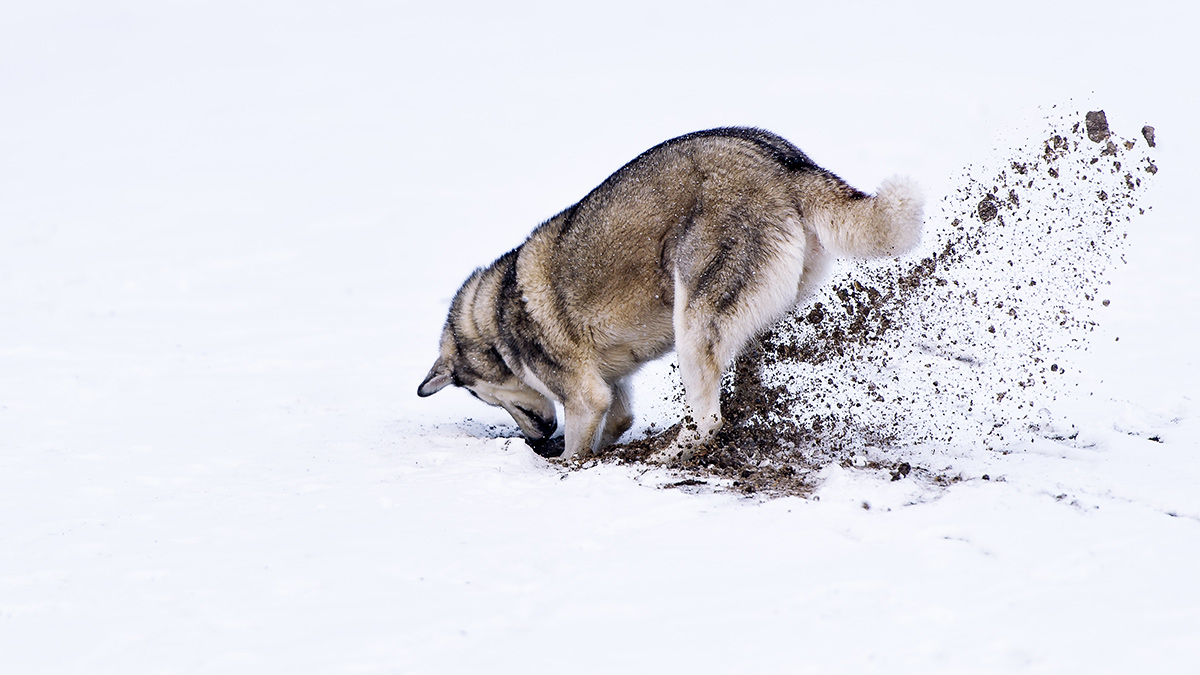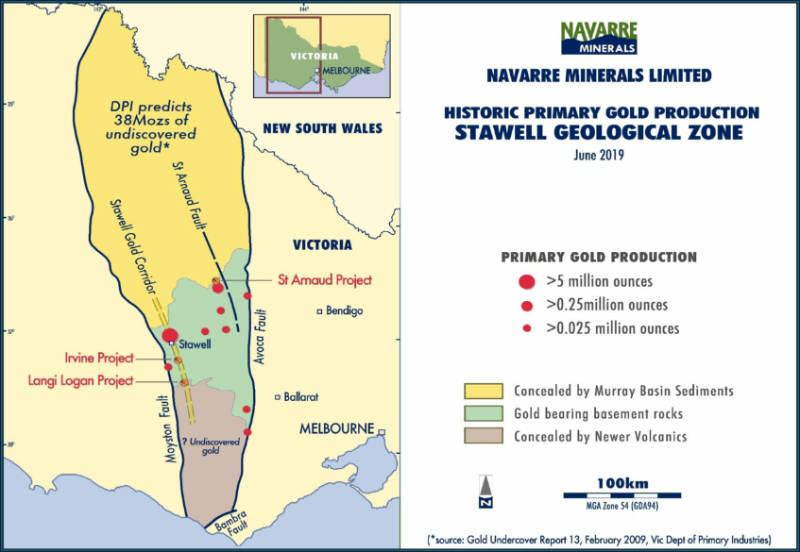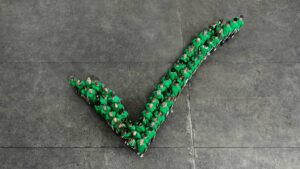Navarre targets high-grade gold below historical Victorian mine

Navarre is drilling below the historical New Bendigo Mine where a previous operator hit a 1m intersection grading almost 38oz of gold. Pic: Getty Images
Navarre has kicked off a 2,000m diamond drilling program to test for high-grade gold under the historical New Bendigo Mine at its St Arnaud project in Victoria.
The St Arnaud Goldfield produced 400,000oz of gold between 1855 and 1916, making it the second largest hard rock goldfield in Victoria’s highly-prospective Stawell Zone.
Highlighting this potential, the Victorian government has estimated that a potential 38Moz of gold could lie undiscovered in the Stawell Zone north of St Arnaud.
Navarre Minerals (ASX:NML) managing director Ian Holland says the area covered by the company’s exploration licence that was granted in October 2020 has yielded spectacular high-grade results such as 1m grading 1,174 grams per tonne (g/t) gold – that’s almost 38 ounces of gold per tonne – from 425m under the historical New Bendigo Mine workings.

“This intercept has never been followed up and has gained additional significance following the 2015 discovery of Fosterville’s Eagle-Swan ore bodies,” he added.
And there is more potential with Holland noting that the reefs in its licence extend for about 5km and then dive under Murray Basin cover to the north.
Aircore drilling conducted by the company in 2018 in this area had identified gold and silver mineralisation extending for at least another 5km.
This returned top hits of 4m at 6.6g/t gold from 48m and 1m at 67.4g/t silver from 50m.
Drilling at St Arnaud adds to the 14,000m diamond drilling program at the company’s flagship Irvine basalt dome along the Stawell corridor as well as the 20,000m regional aircore drill program across its growth pipeline assets.
Recent drilling has indicated the potential of a large polymetallic system at its Glenlyle project and extended the Langi Logan prospect to a strike of 14.5km long.

St Arnaud
Alluvial gold was first discovered at St Arnaud in 1855 and was quickly traced to its source in outcropping quartz reefs.
By 1860, 47 hard rock mines were in operation and about 400,000oz of gold was recovered at an average grade of 15g/t.
St Arnaud consists of the West Field, New Bendigo, Nelson, Little Boulder and East Field reef trends that were worked to the southern edge of the Murray Basin cover.
The Nelson line produced 80 per cent of the gold produced from St Arnaud and was worked over a strike length of about 5km to a maximum depth of 685 metres in the goldfields deepest mine, the Lord Nelson Mine.
The Lord Nelson Mine was the only mine to produce gold from sulphide ores below a depth of 120m with most other mines closed on reaching the water table because the technology was not available to economically treat the sulphide ores in addition to the added cost of pumping mine water.
Navarre noted that Lord Nelson Mine demonstrates the prospectivity of the area in terms of vertical continuity of auriferous reef systems.
Another drilling rig is expected to begin operations at St Arnaud in late February as part of the company’s regional aircore drilling program.
This article was developed in collaboration with Navarre Minerals, a Stockhead advertiser at the time of publishing.
This article does not constitute financial product advice. You should consider obtaining independent advice before making any financial decisions.
Related Topics

UNLOCK INSIGHTS
Discover the untold stories of emerging ASX stocks.
Daily news and expert analysis, it's free to subscribe.
By proceeding, you confirm you understand that we handle personal information in accordance with our Privacy Policy.








